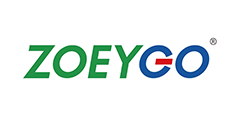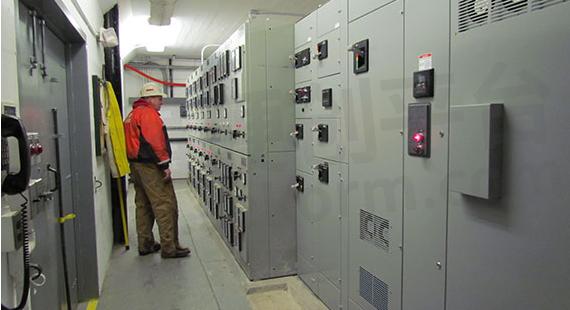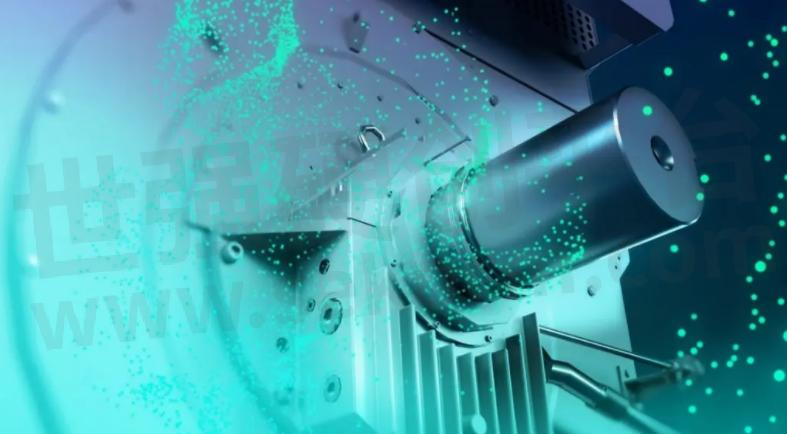A Comprehensive Overview of Bi-Directional DC-DC Converter

In recent years, the development of renewable energy sources such as wind and solar power has rapidly increased. However, these sources of energy are intermittent and the output varies depending on the weather condition and time of day. This leads to instability in the power grid. To solve this problem, a Bi-Directional DC-DC Converter is used as a key device to transfer power between the renewable energy source and the power grid.
The bi-directional DC-DC converter is a power electronic device that converts DC power from one voltage level to another voltage level. It can transfer power bidirectionally, meaning it can transfer power from the source to the load and vice versa. The converter consists of switches, inductors, capacitors, and control circuitry.
The operation of the bi-directional DC-DC converter can be divided into two modes: buck mode and boost mode. In buck mode, the converter steps down the input voltage to a lower output voltage. In boost mode, the converter steps up the input voltage to a higher output voltage. The converter can switch between these modes to transfer power in either direction.

The bi-directional DC-DC converter has many advantages. It can improve the utilization of renewable energy sources, provide stability to the power grid, and reduce energy costs. It can also reduce the size and weight of electrical equipment. In addition, it can provide a backup power supply in case of a power outage.
However, the bi-directional DC-DC converter also has some disadvantages. It can generate electromagnetic interference, which can affect other electronic devices. It can also produce high-frequency ripple on the output voltage, which can cause problems for sensitive electronics. Furthermore, it can be expensive to design and manufacture.

To overcome these challenges, researchers are investigating new topologies and control strategies for the bi-directional DC-DC converter. One promising approach is to use soft-switching techniques, which can reduce switching losses and electromagnetic interference. Another approach is to use advanced control algorithms, such as model predictive control, which can improve the performance and efficiency of the converter.
In conclusion, the bi-directional DC-DC converter is a key device for transferring power between renewable energy sources and the power grid. It has many advantages but also has some challenges that need to be addressed. With the development of new topologies and control strategies, the bi-directional DC-DC converter has great potential to improve the utilization of renewable energy sources, provide stability to the power grid, and reduce energy costs.
- +1 Like
- Add to Favorites
Recommend
- Bi-Directional DC-DC Converter: Efficient Power Conversion in Both Directions
- Bi-Directional DC-DC Converter: Efficient Energy Transfer in Both Directions
- Bi-directional DC-DC Converter Made in China: An Efficient Power Conversion Solution
- DPX Series DC-DC Converter: Efficient and Reliable Power Conversion Solution
- China IXXYY Series DC-DC Converter Is Used in A Variety of Applications Including Telecommunications, Automotive, Industrial
- Bidirectional DC-DC Converter: A Comprehensive Guide
- Bidirectional DC-DC Converter: A Two-Way Power Conversion Solution
- Efficiently Convert AC to DC with ZOEYGO Reliable 12V Converter Module
This document is provided by Sekorm Platform for VIP exclusive service. The copyright is owned by Sekorm. Without authorization, any medias, websites or individual are not allowed to reprint. When authorizing the reprint, the link of www.sekorm.com must be indicated.






























































































































































































































































































































































































































































































































































































































































































































































































































































































